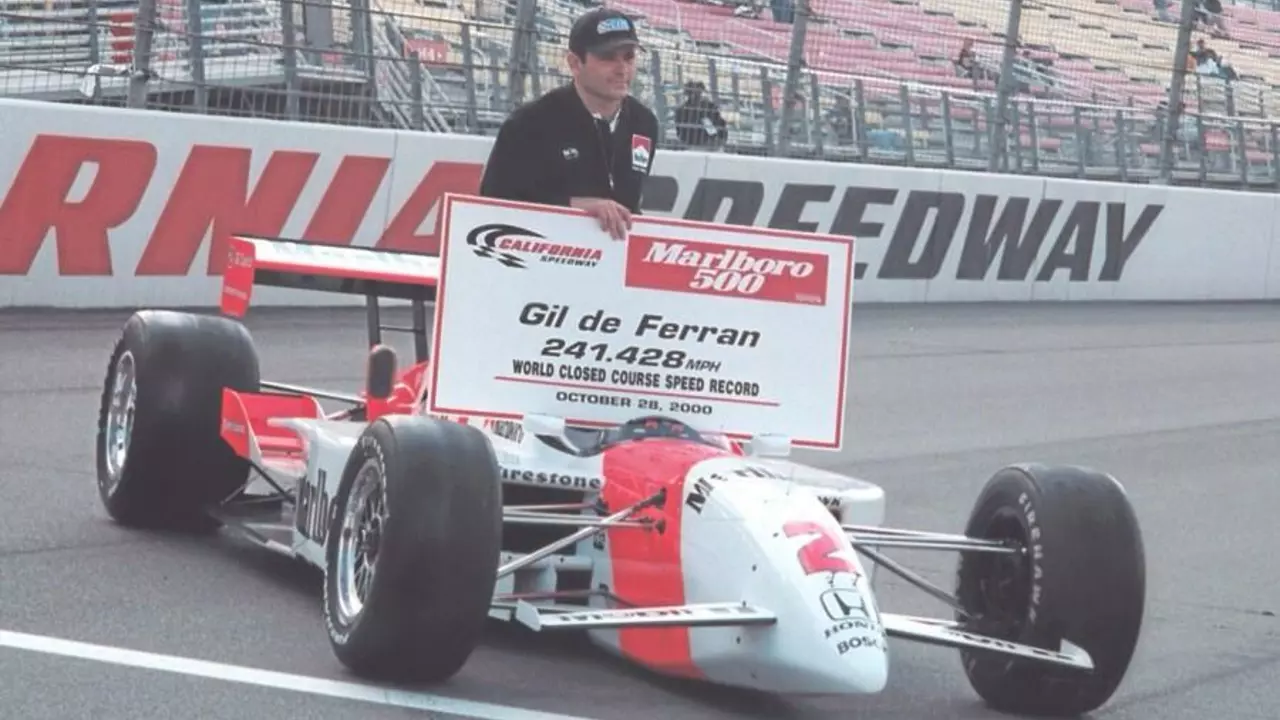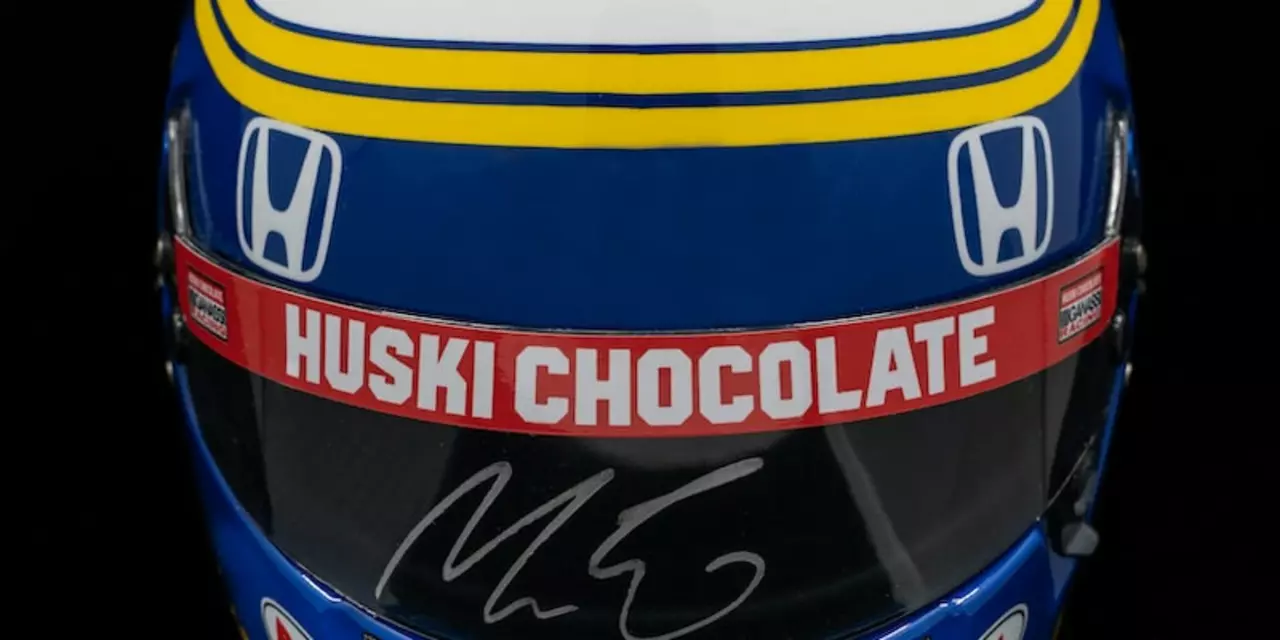IndyCar News and Subaru Motorsport Highlights
If you love high‑speed oval racing and want to know how Subaru is making its mark, you’re in the right place. This page pulls together the latest IndyCar buzz, race summaries, and the bits where Subaru’s engineering meets the open‑wheel world.
First off, the 2025 IndyCar season is shaping up to be a roller‑coaster. From the Indy 500 drama to the street‑circuit battles in Long Beach, each event brings new storylines. Keep an eye on the rookie drivers who are shaking up the grid and the veterans who still dominate the leaderboards.
Key Races to Watch
The Indianapolis 500 remains the crown jewel. Expect pole‑position battles, fuel‑strategy twists, and that final lap sprint that decides everything. After that, the Road America race offers a mix of high‑speed straights and tight corners – perfect for testing Subaru’s turbocharged engines in a real‑world setting.
Don’t miss the Toronto street race either. The walls are close, brakes overheat fast, and any slip‑up sends you into the barriers. Subaru’s recent partnership with a leading IndyCar team means their technology is on display, especially in aerodynamics and cooling systems.
How Subaru Is Involved
Subaru isn’t just watching from the sidelines. The brand has been supplying performance parts to a prominent IndyCar outfit, focusing on lightweight components and advanced suspension setups. That translates into better grip on those banked ovals and smoother handling on twisty circuits.
Fans also get to see Subaru’s branding on pit walls and driver suits, reinforcing the connection between the rally‑heritage brand and open‑wheel racing. If you’re curious about the engineering behind the scenes, look for posts that break down the turbocharging tech that powers both Subaru’s road cars and IndyCar engines.
For those who love stats, the IndyCar leaderboard is updated after every race. You can track points, fastest laps, and how many podiums each driver has earned so far. Subaru‑linked drivers often shine in the fuel‑efficiency category, thanks to the brand’s expertise in maximizing power while keeping consumption low.
Community wise, the Subaru Motorsport Central forum buzzes with debates about driver performance, racing strategies, and which Subaru parts could be adapted for road‑legal use. It’s a great place to share your thoughts and learn from other fans who follow both rally and IndyCar action.
If you’re new to IndyCar, start with the highlights videos on our site. They give you a quick rundown of overtakes, crashes, and the moments that define each race. Pair that with our articles on Subaru’s involvement, and you’ll have a solid grasp of what makes this series tick.
Finally, keep checking this tag page. New posts appear whenever a race finishes, a driver gives an interview, or Subaru releases a technical update. It’s your one‑stop hub for everything IndyCar and Subaru‑related in the motorsport world.








